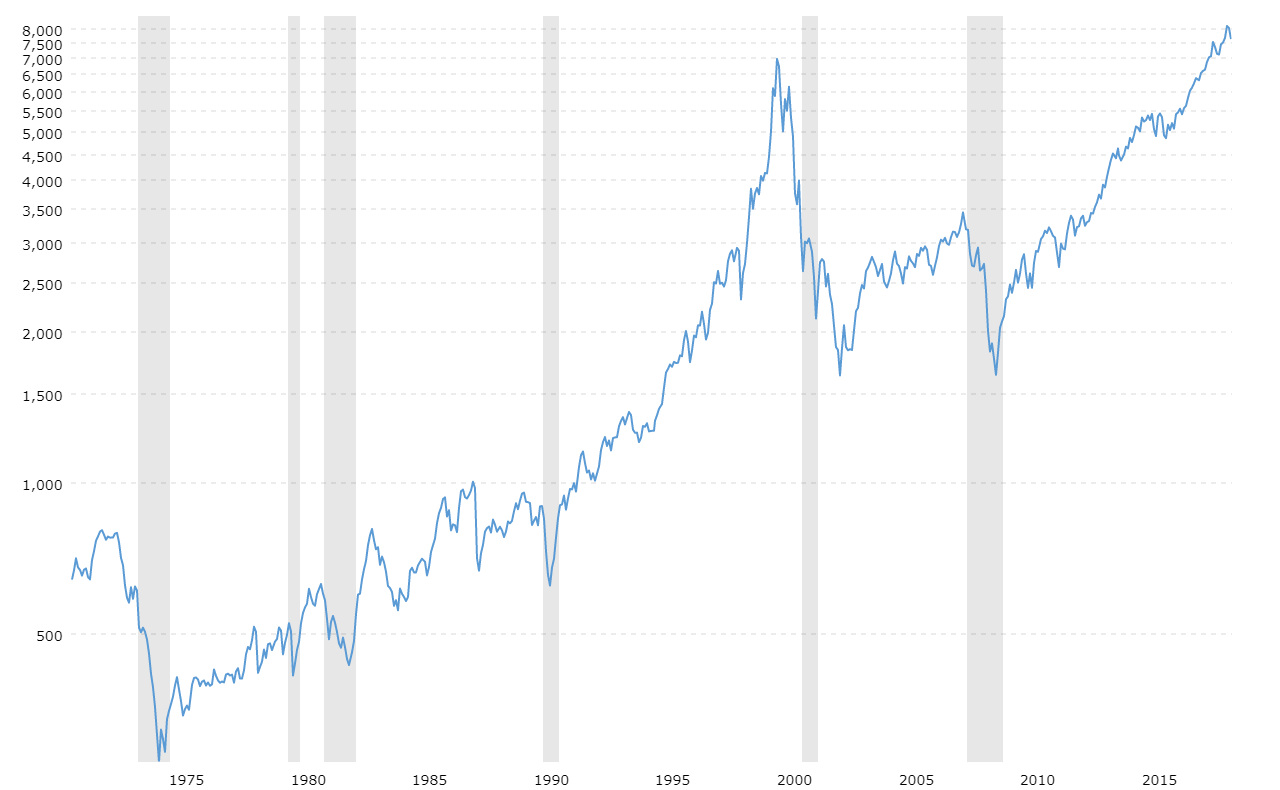In this seven-day period, HRV fluctuated between a low of 43 and high of 57, a range of 14 points.
Use this rule of thumb to interpret your normal range:
- If your normal range varies less than 5 points, your scores are pretty consistent.
- If your normal range varies more than 10 points, this may indicate that your health routines and habits have been inconsistent.
Calculating your normal range is valuable for two reasons:
- Large swings in your HRV mean that your body is working hard to maintain your homeostatic balance, leaving you more susceptible to illness, fatigue and overwhelm.
- Large swings in your HRV make it much harder to establish a cause and effect relationship between your lifestyle changes and your HRV.
If your normal range is greater than 10 points, we recommend that you first focus on creating more consistency in your current health and wellness routines (like sleep, diet, exercise and mental health) before trying to alter these routines in a significant way.
As you work toward more consistent routines, your HRV scores should have less daily variation, and your normal range should narrow. Once your normal range is within 5 points, you will be in a good place to start testing targeted variables that will hopefully increase your HRV.
We offer this guidance based on empirical evidence from Greg Elliott’s extensive experience coaching more than 500 individuals over the last eight years, plus other HRV experts in our network.
Step 2: Look at your 7-day HRV average
Next, compare your 7-day HRV average to other users. You can find the population comparison chart within the Elite HRV app and filter for others of your age and gender. Or, you can learn more here in our article on Normative HRV Scores by Age and Gender.
This data is based on hundreds of thousands of Elite HRV users across the globe. If you are managing a health condition please know that it is normal for your HRV to be less than these reported values.
If your HRV right now appears low, don’t feel bad, you’re just beginning the process of improvement, which leads us right into the 3rd step.
Step 3: Look at your 3-month trend
Now it’s time to settle into the routine of monitoring your HRV as you make targeted lifestyle changes. Where has your HRV score gone over the last 3 months? 6 months? Last year? There is a lot you can get out of your daily HRV score, but the true value of measuring your HRV daily is the long term trend of the score.
As you work toward finding a healthy balance in your health and fitness routines you’ll likely begin to see your HRV scores trend upward. Looking at these trends over 3-6 months, and even longer, tells you the true direction of your changes. This truth is easily lost in day to day readings.
To illustrate this point, here’s an example from another domain: the stock market, more specifically, the 45-year historical trend of the NASDAQ. There are clear trends year over year, despite lots of ups and downs over shorter time scales.



